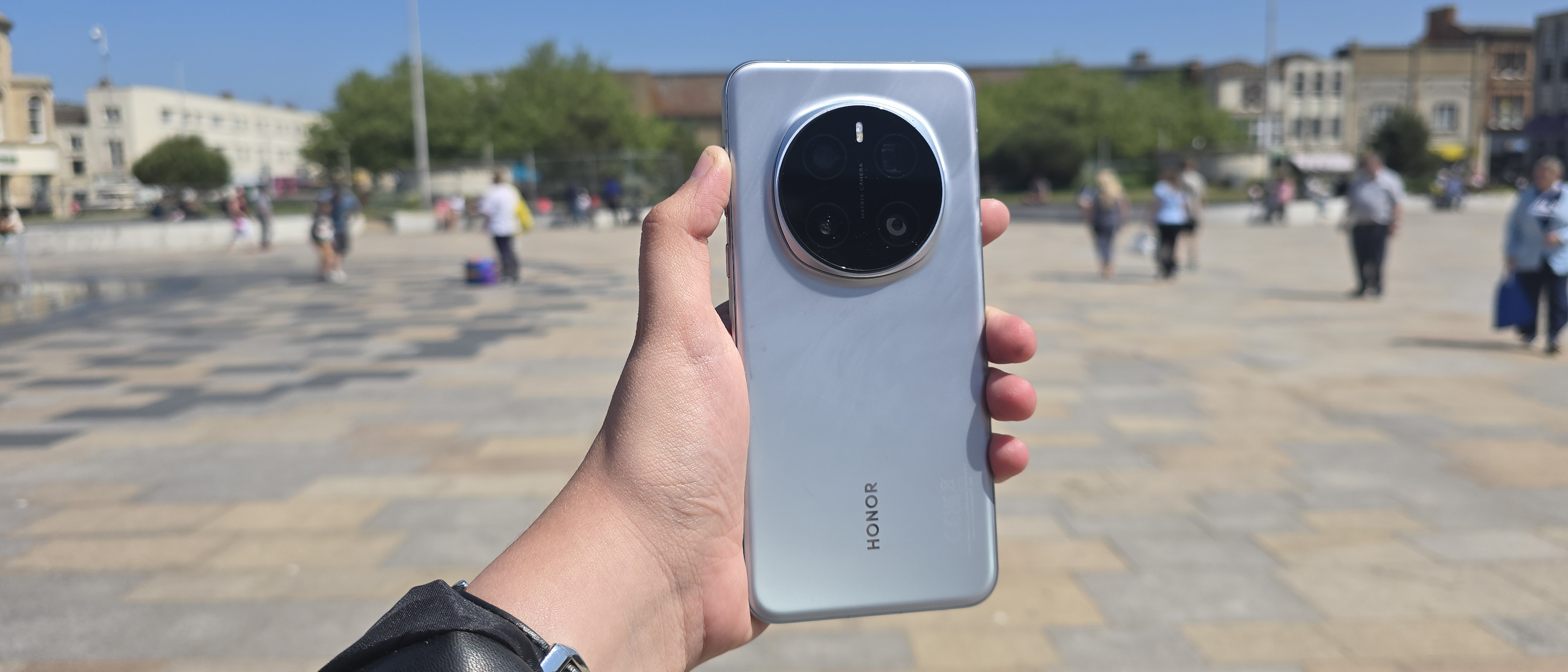How Wicked's terrifying flying monkeys were created
ILM made them incredibly lifelike.
When it comes to Wicked's VFX we've heard how the amazing Defying Gravity sequence was made, discovered why the Ozdust Ballroom scene was important and seen 31 pieces of beautiful concept art; now ILM's VFX supervisor Pablo Helman reveals how the famously frightening flying monkeys were made.
One of the scariest elements of all things Oz have always been the flying monkeys, and Wicked vividly brings them to life. Pablo notes of the process of determining the degree of intensity with which to depict the monkeys’ transformations, sprouting wings that allow them to fly that, "It goes back to the way that we think about the The Wizard of Oz (1939). It’s also horrific because Elphaba doesn’t intend for this to happen."
Of the moment when Chistery (the monkey leader) is transformed, after Elphaba has executed some very real magic, Pablo notes of his work with animation supervisor David Shirk and animation supervisor Dale Newton at Framestore that, “It’s a fine line, because you’re depicting pain. Initially, we toned it up and then we toned it down so that it tells the story without the audience going ‘What was that?!’"
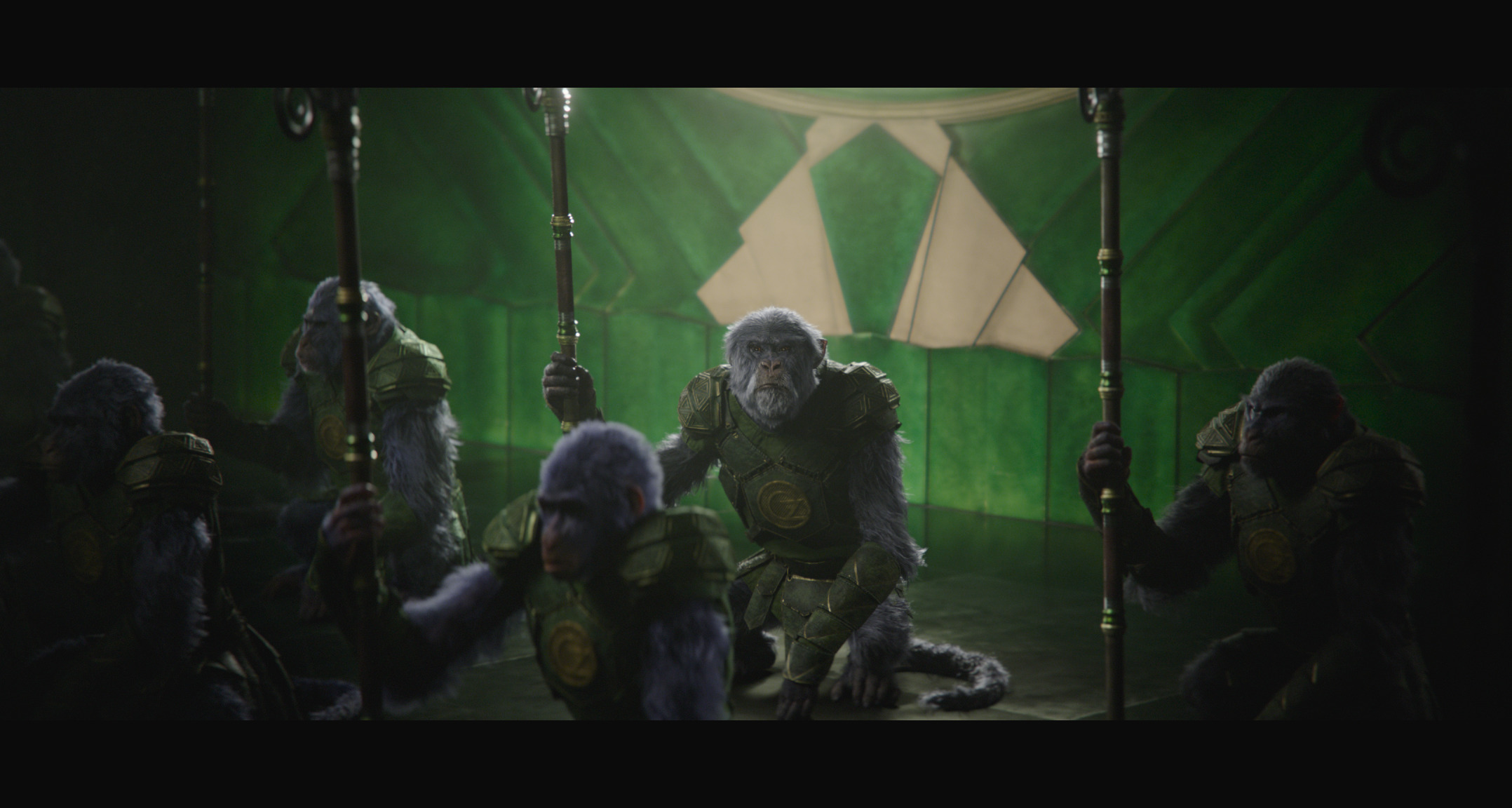
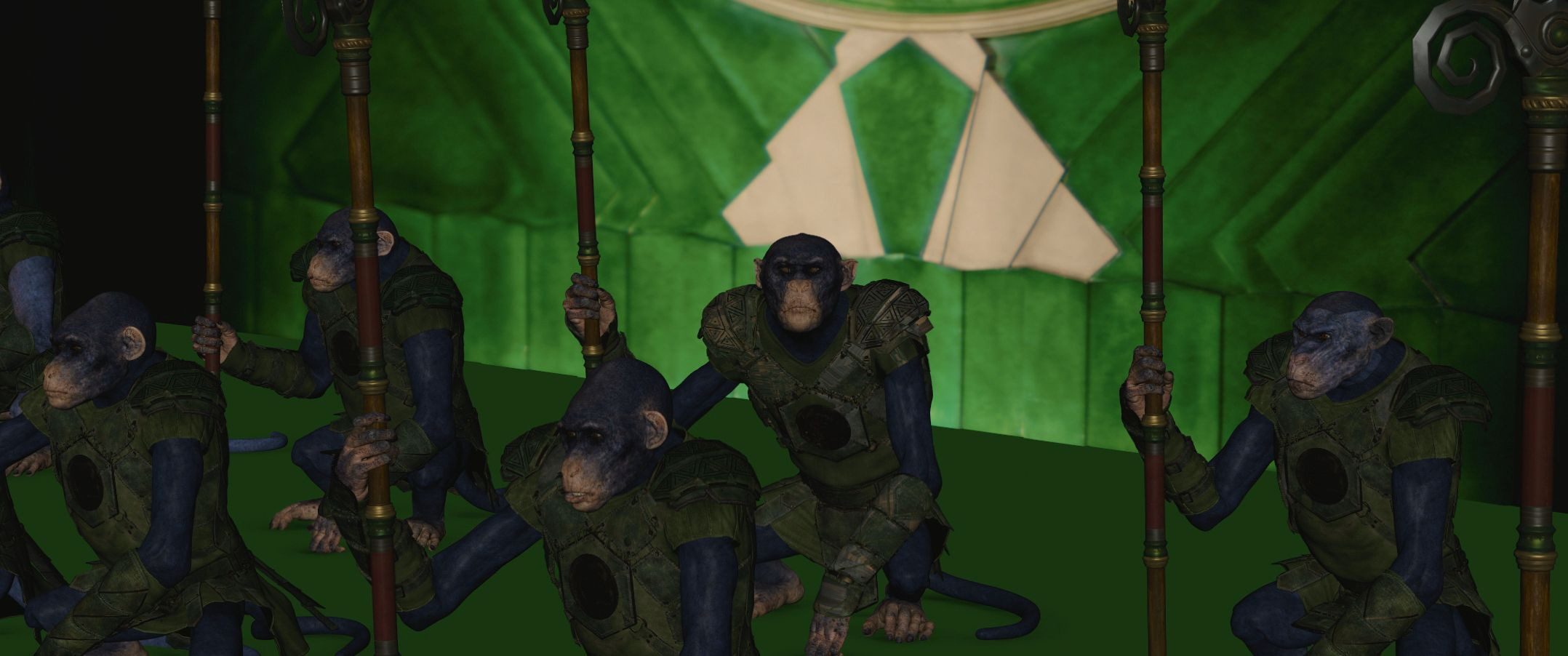
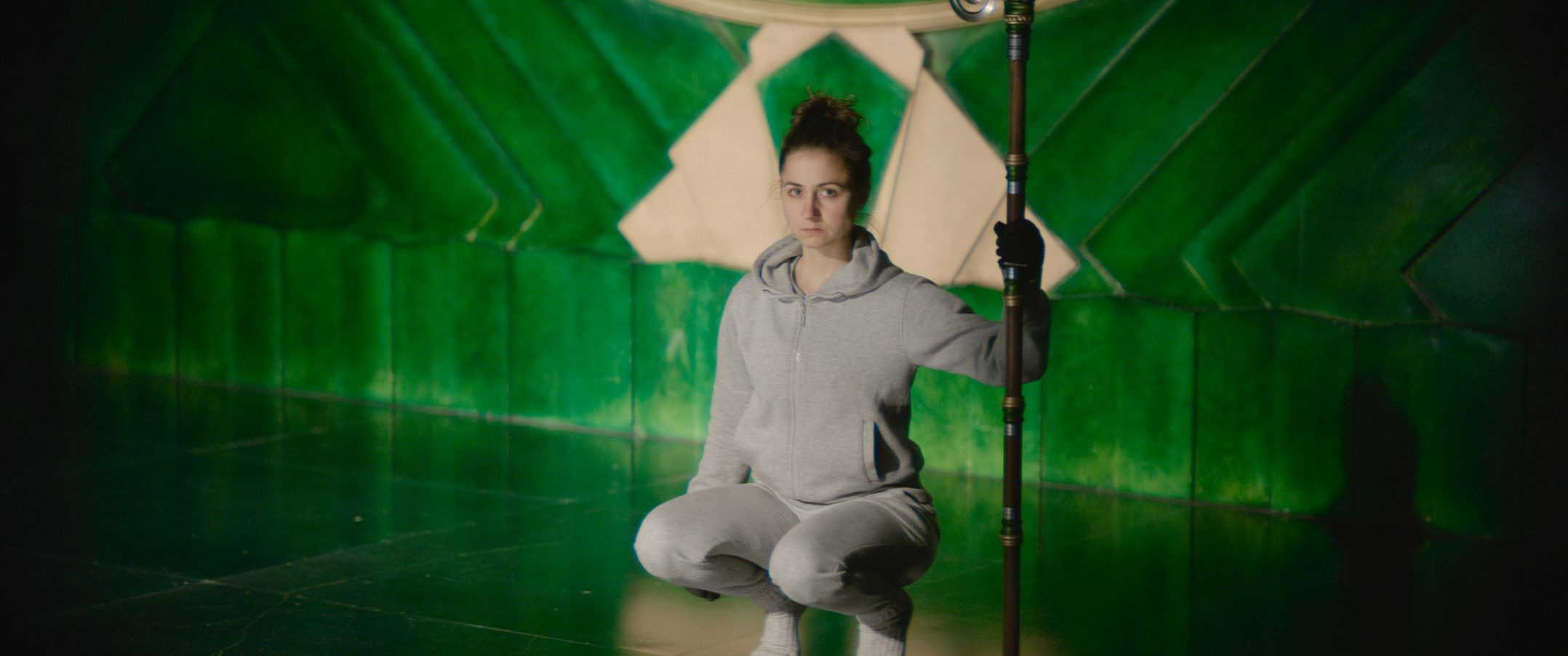
Pablo explains further: "That was another thing that we worked on with Jon: we had an animal unit of about fifteen people that were on-set behaving like animals, delivering lines of dialogue and singing so that Jon had something to direct and the actors had someone to interact with, and for timing and coverage for specific reactions. ILM and Framestore took that and built it into certain animals.”
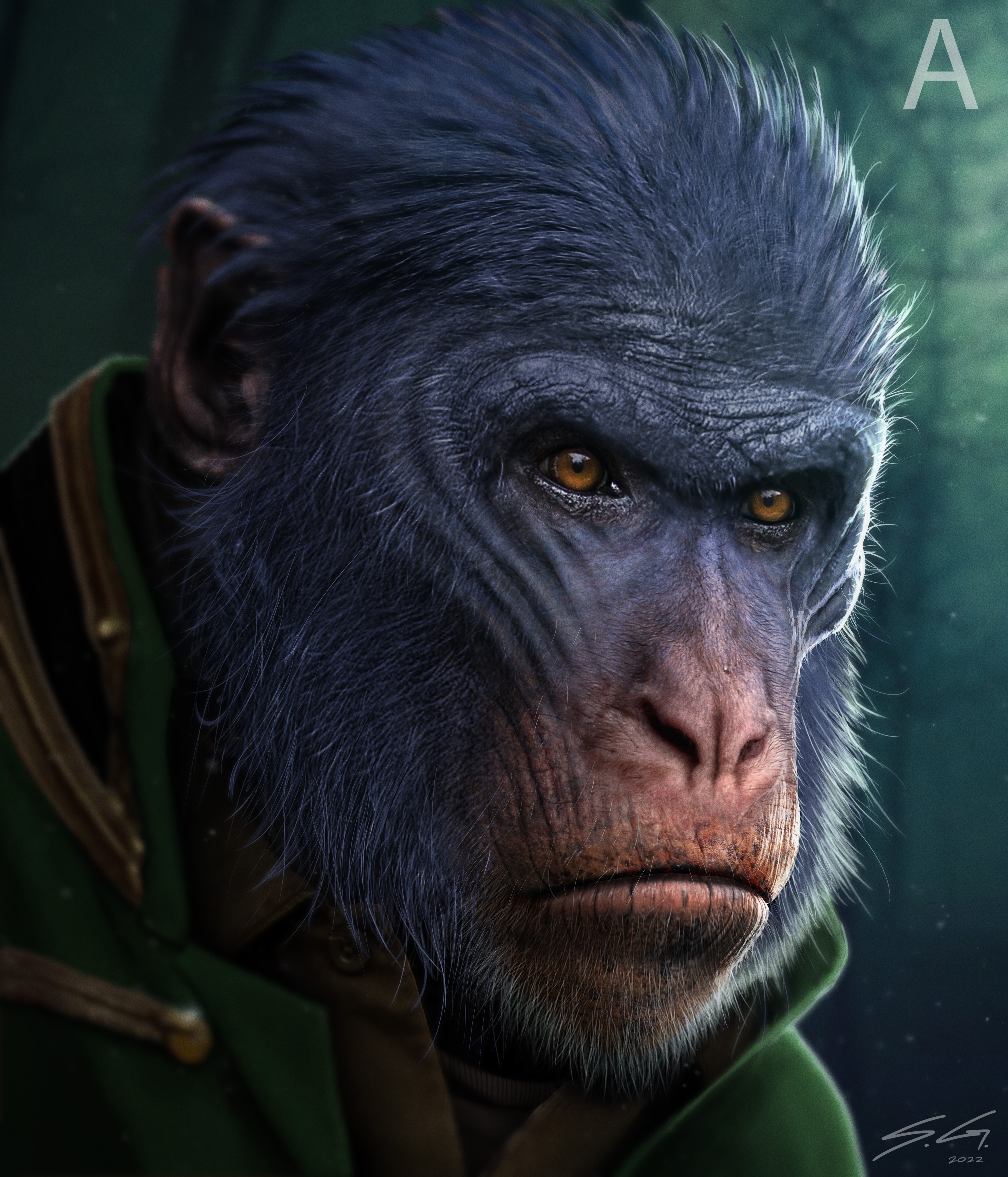
In terms of distinguishing Chistery from the crowd of other flying monkey's in the film, Pablo shares how this was an issue the team confronted head-on. In early meetings they'd ask, if you’ve got 158 monkeys, how do you make Chistery different? And how do you make him a leader?
"He’s always in front and he has a specific beard and the colour in the eyes are different," reveals Pablo as we chat about designing this character. He tells me how the design of the monkeys ensured these were realistic animals and no anamorphic. We kept all of the animals as animals with the added sensitivity to human communication," says Pablo. "There’s a certain conference between animals and humans in the movie."
You can read more about how ILM made Wicked's visual effects in our look at how the iconic Ozdust Ballroom scene was made, and why this Defying Gravity scene was Wicked's "most difficult sequences". Now, scroll down to see more exclusive images, concept art and making of sequences for Wicked's flying monkeys.
Get the Creative Bloq Newsletter
Daily design news, reviews, how-tos and more, as picked by the editors.
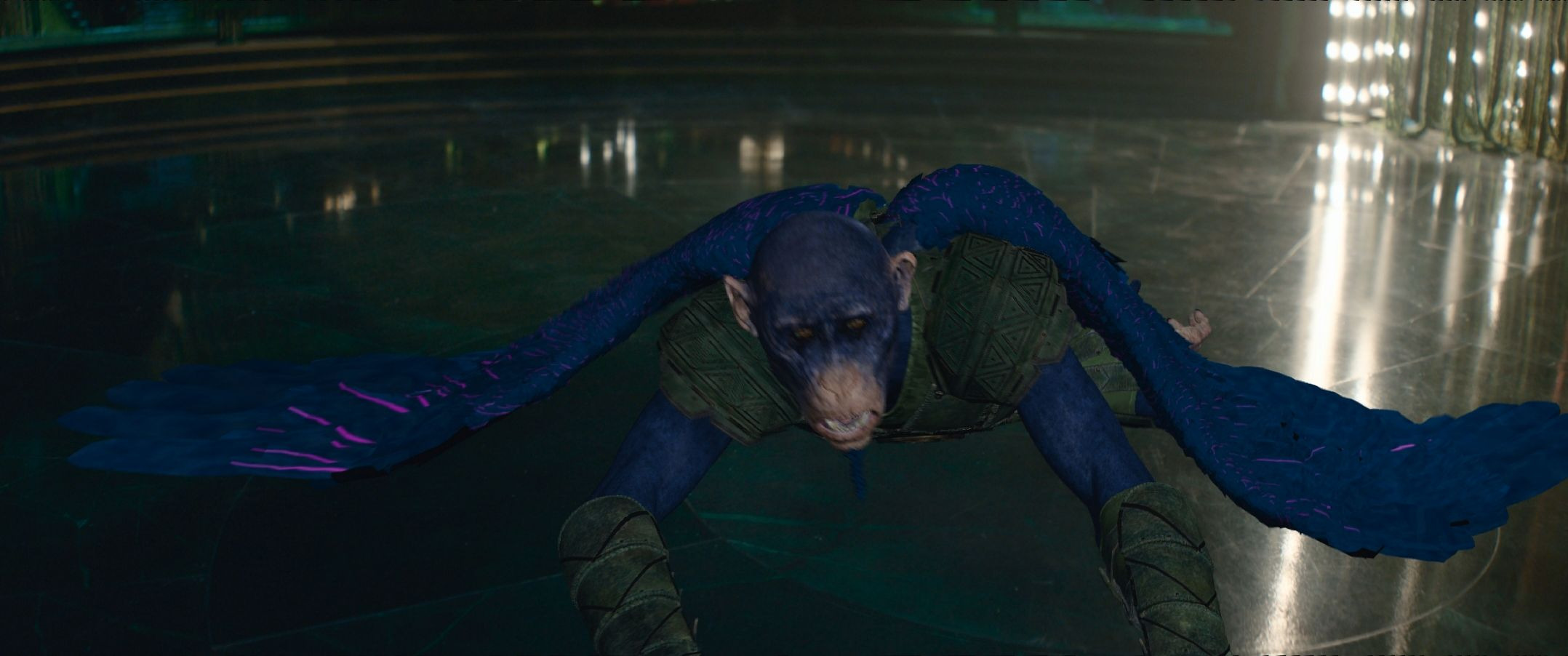
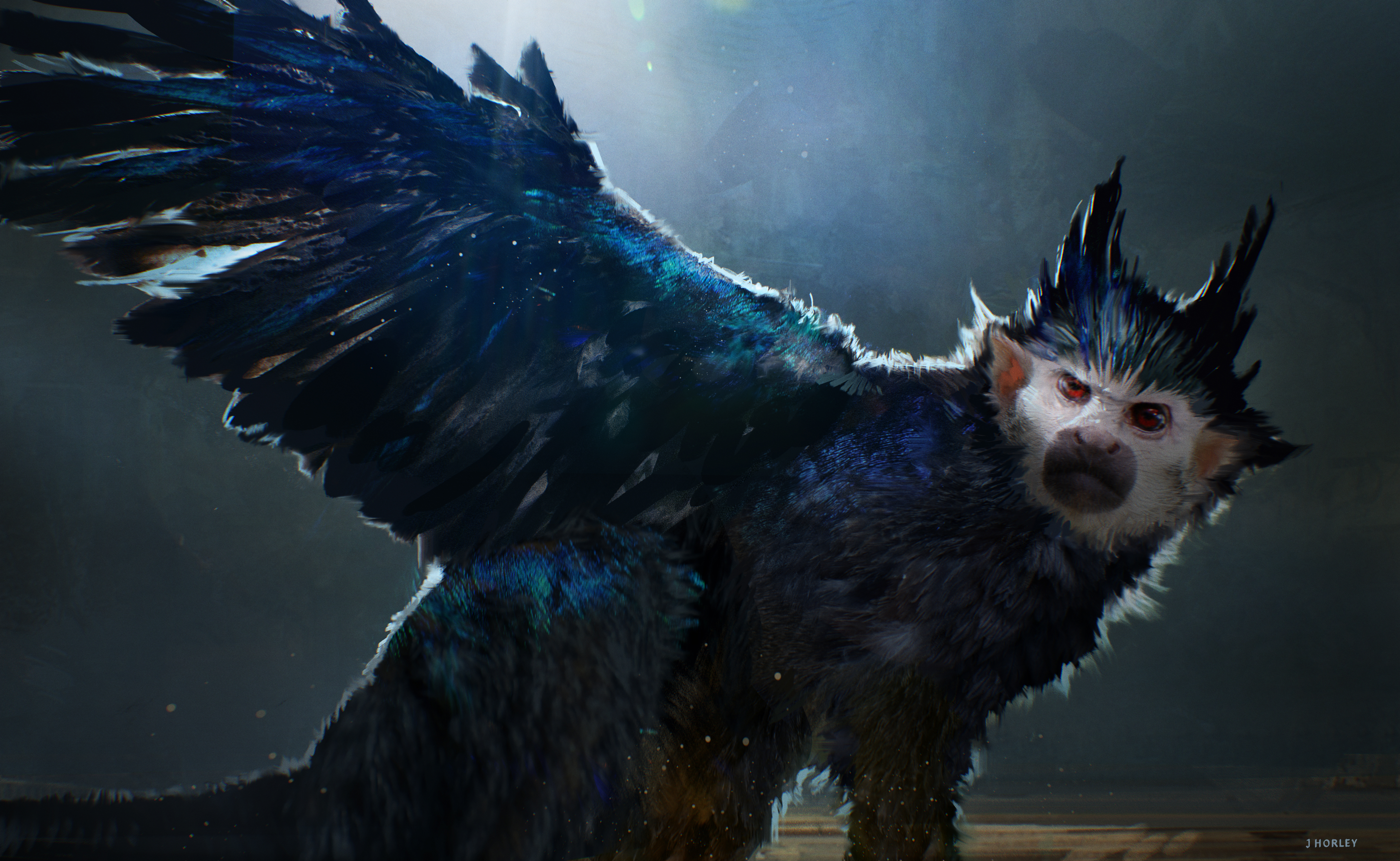
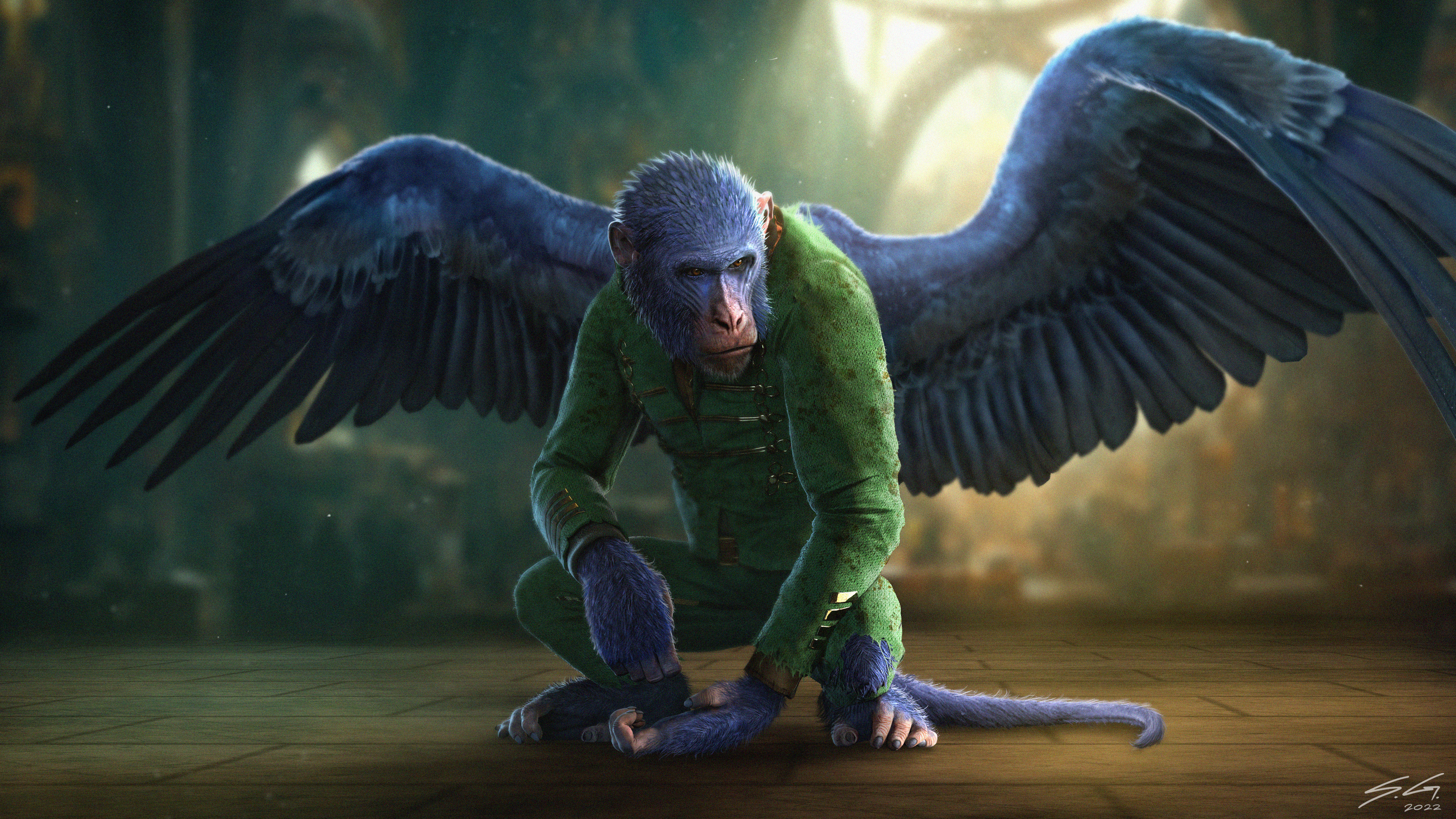
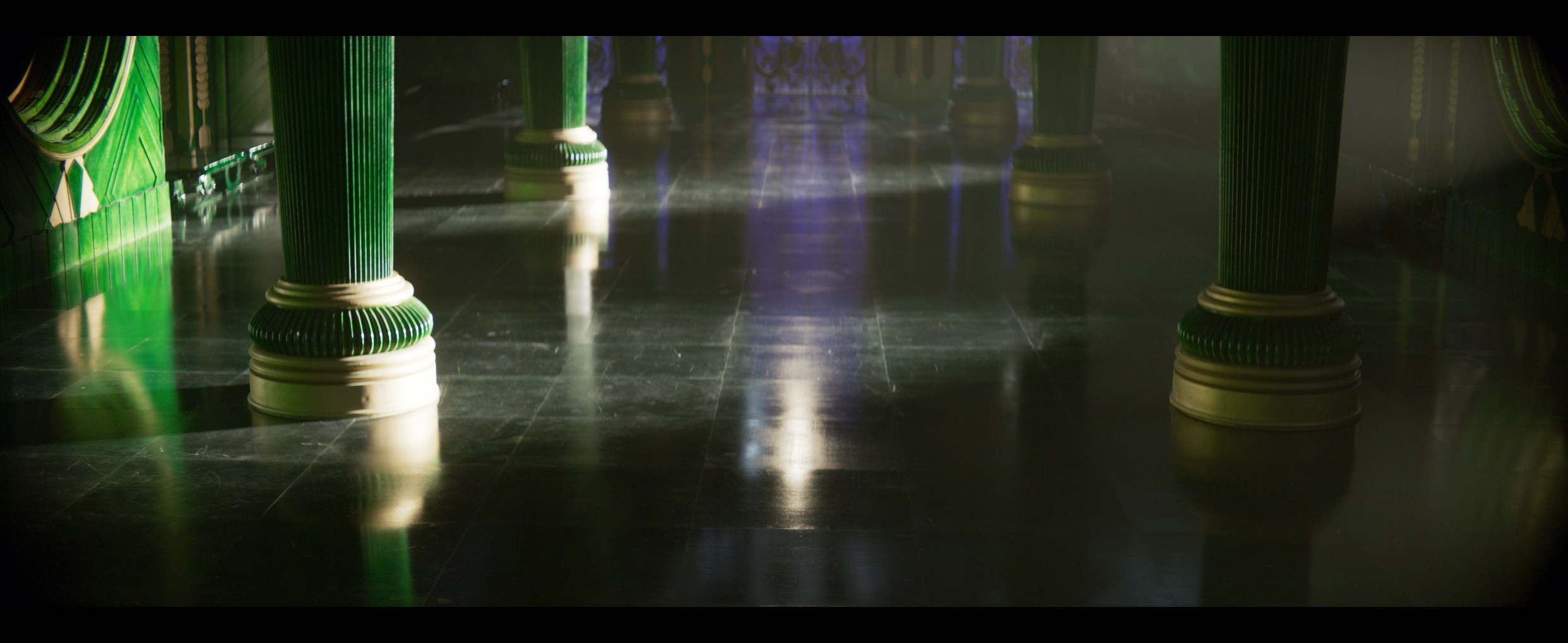
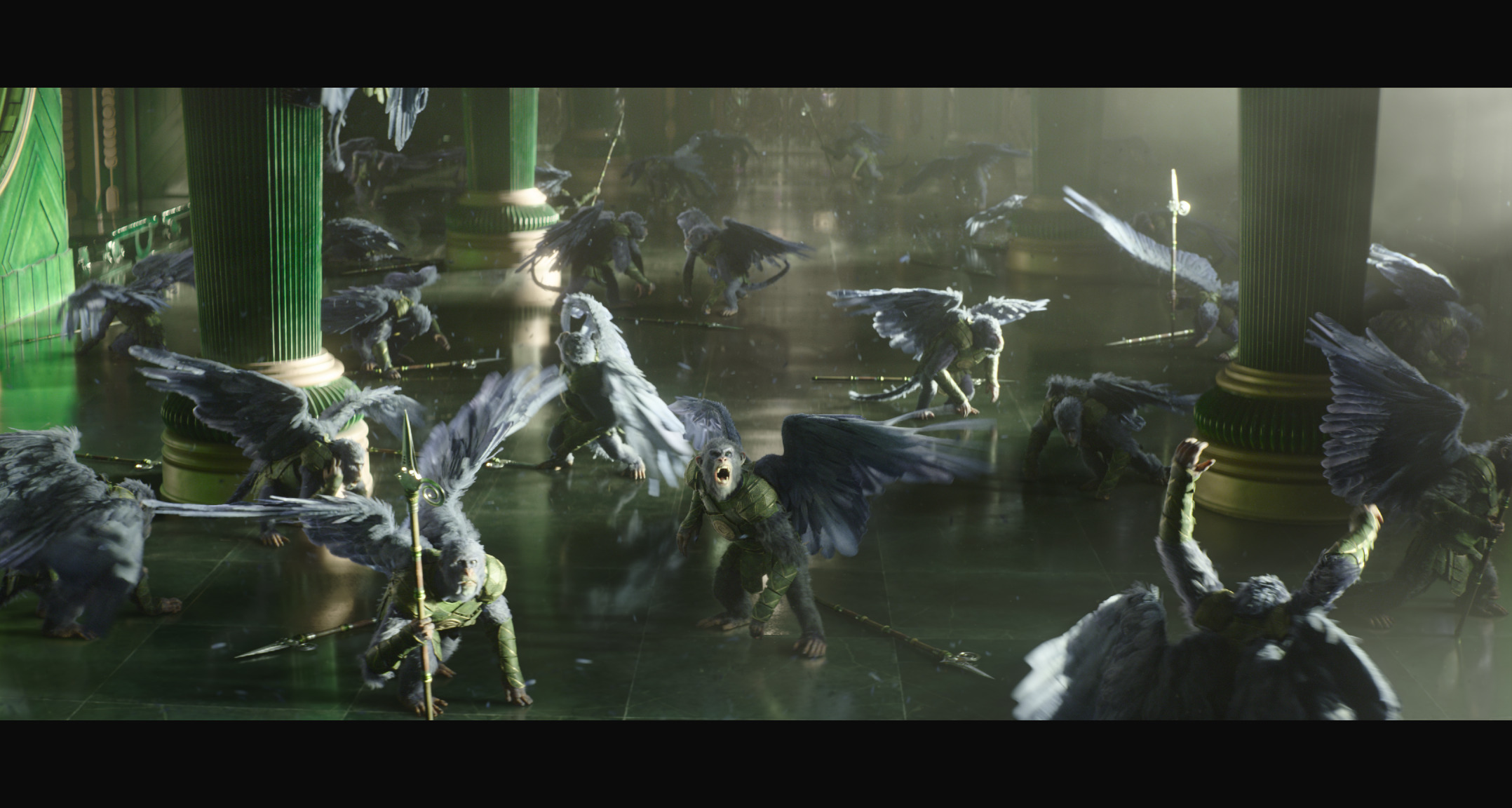
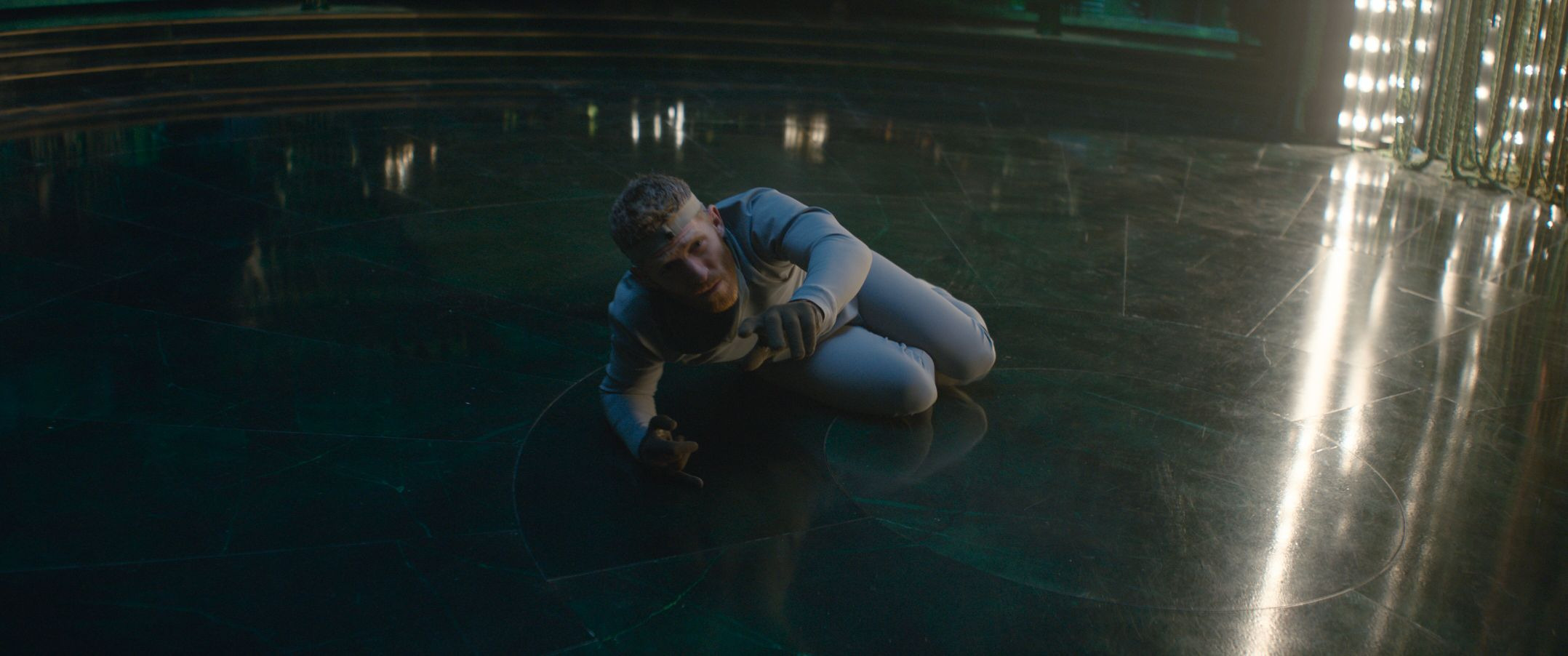
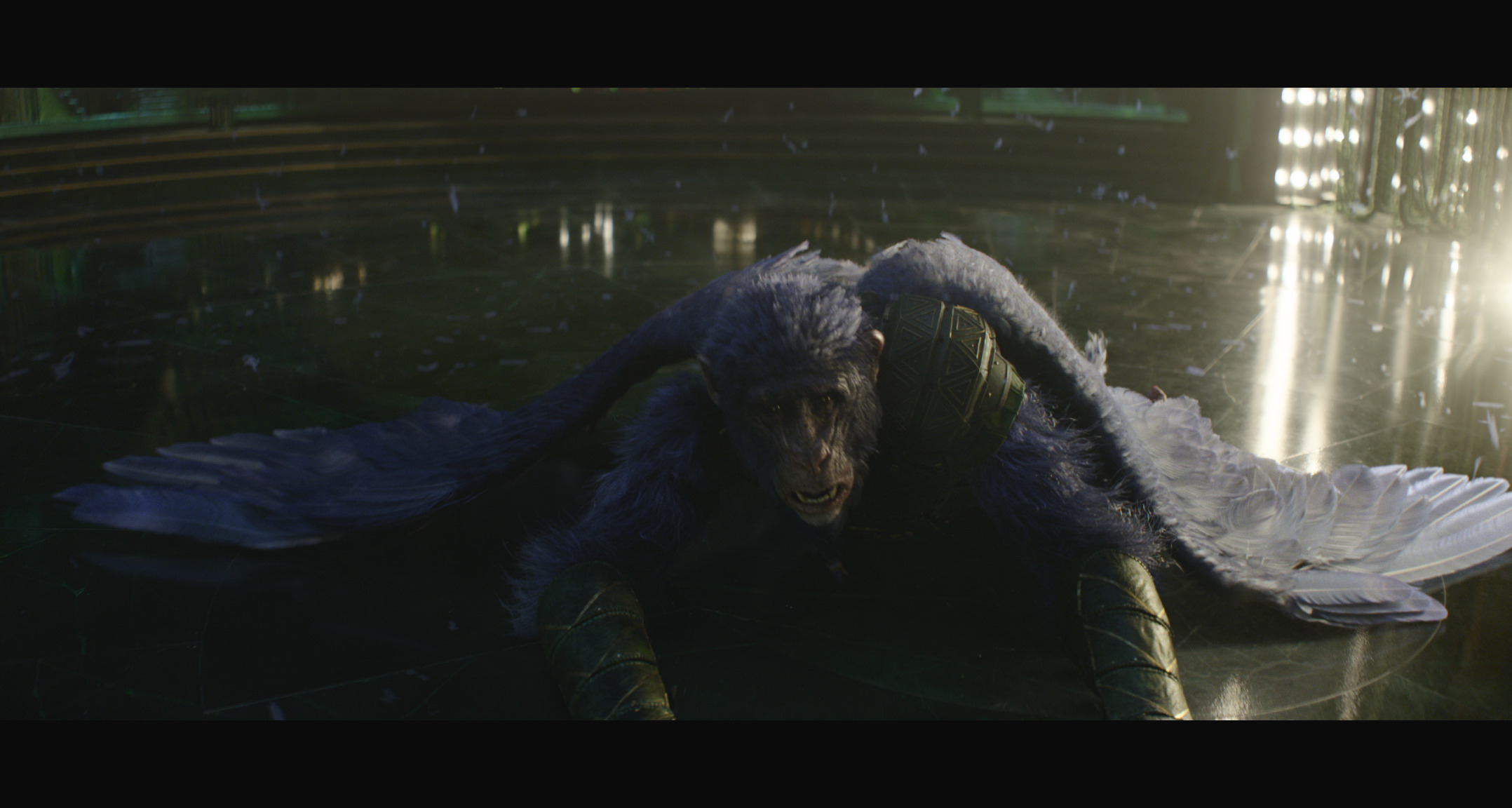
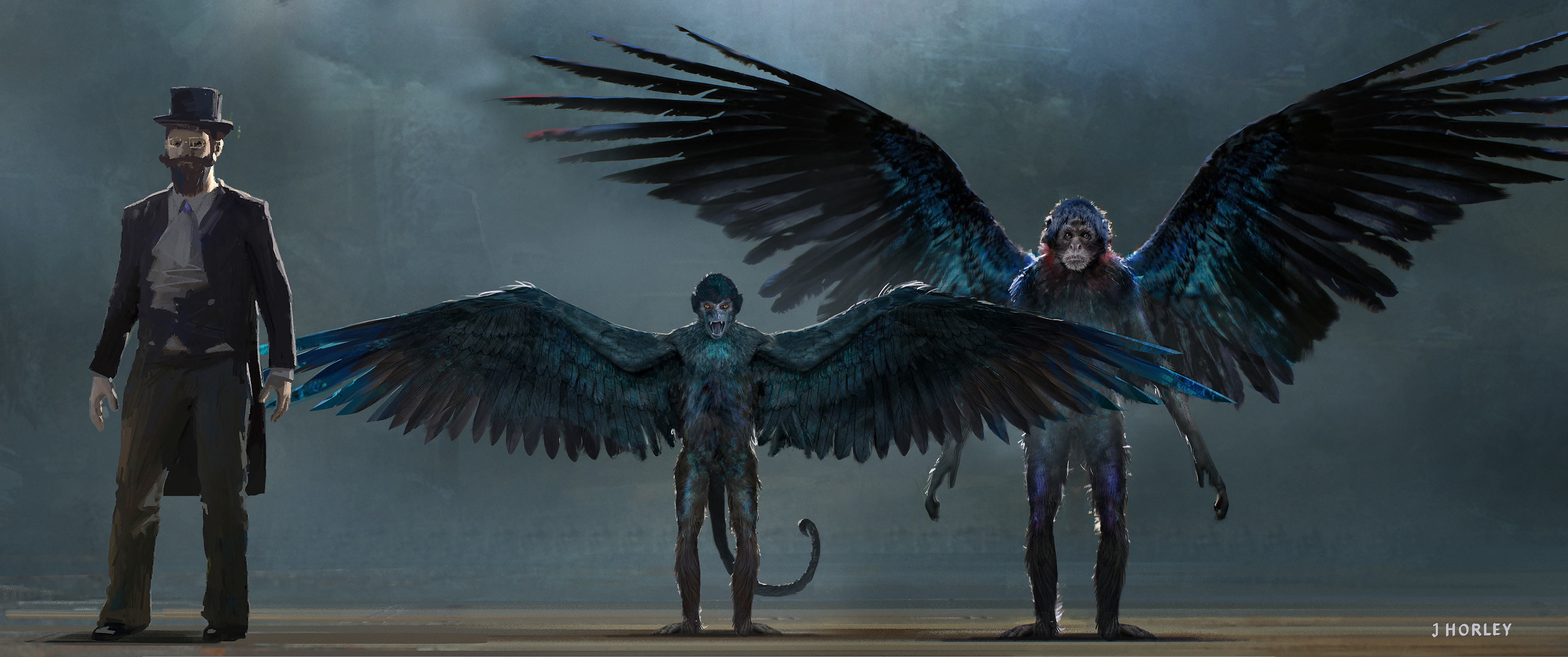
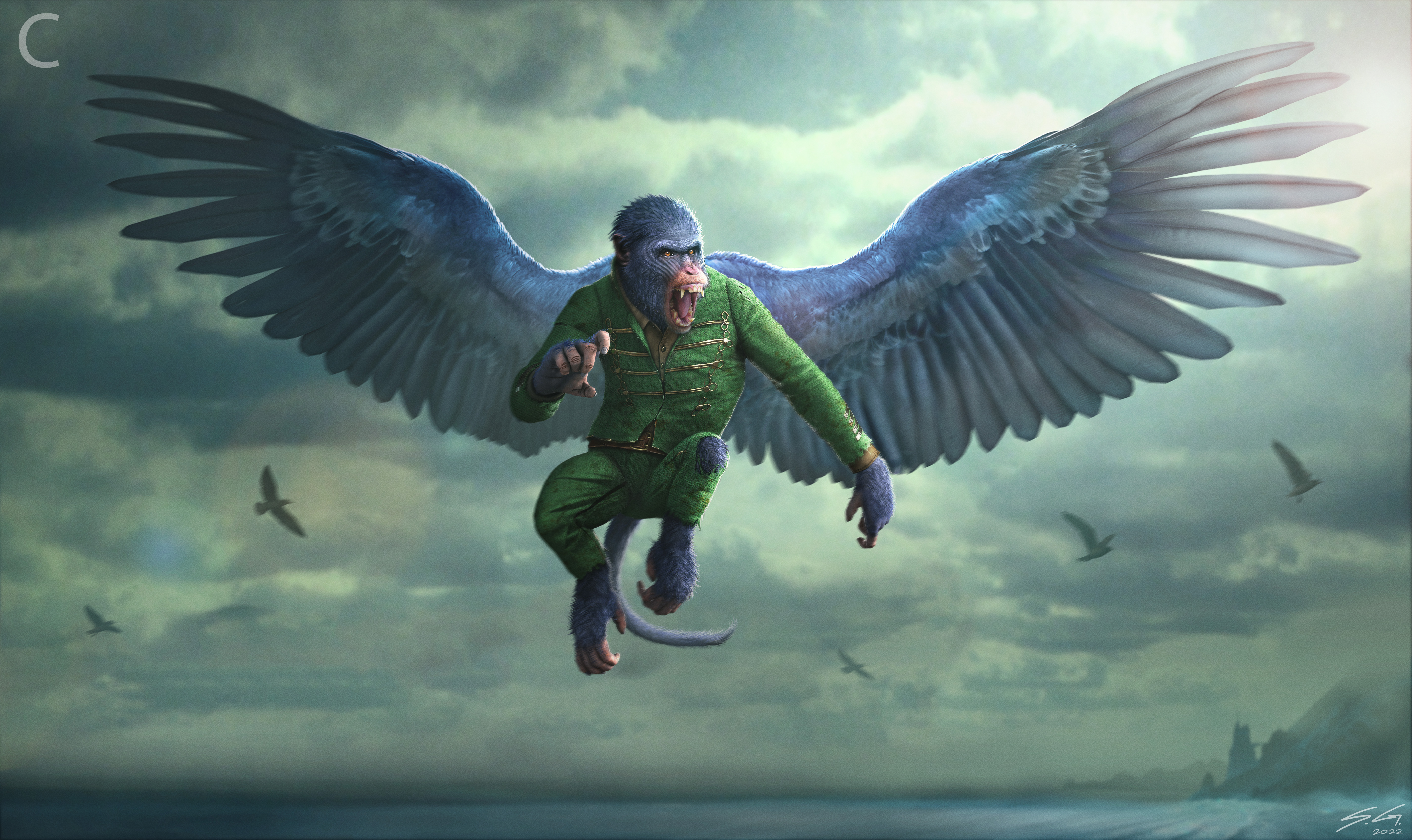
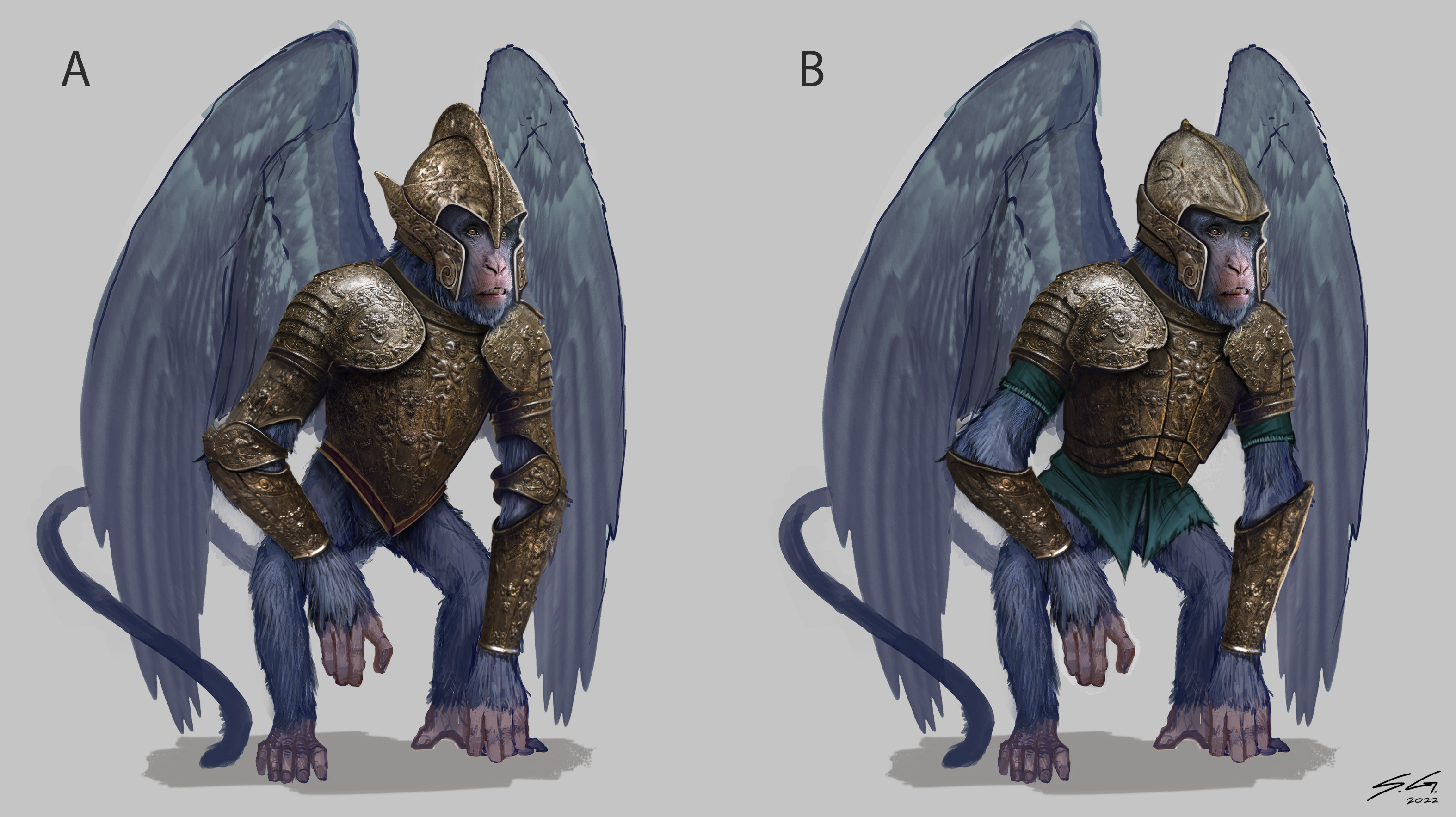
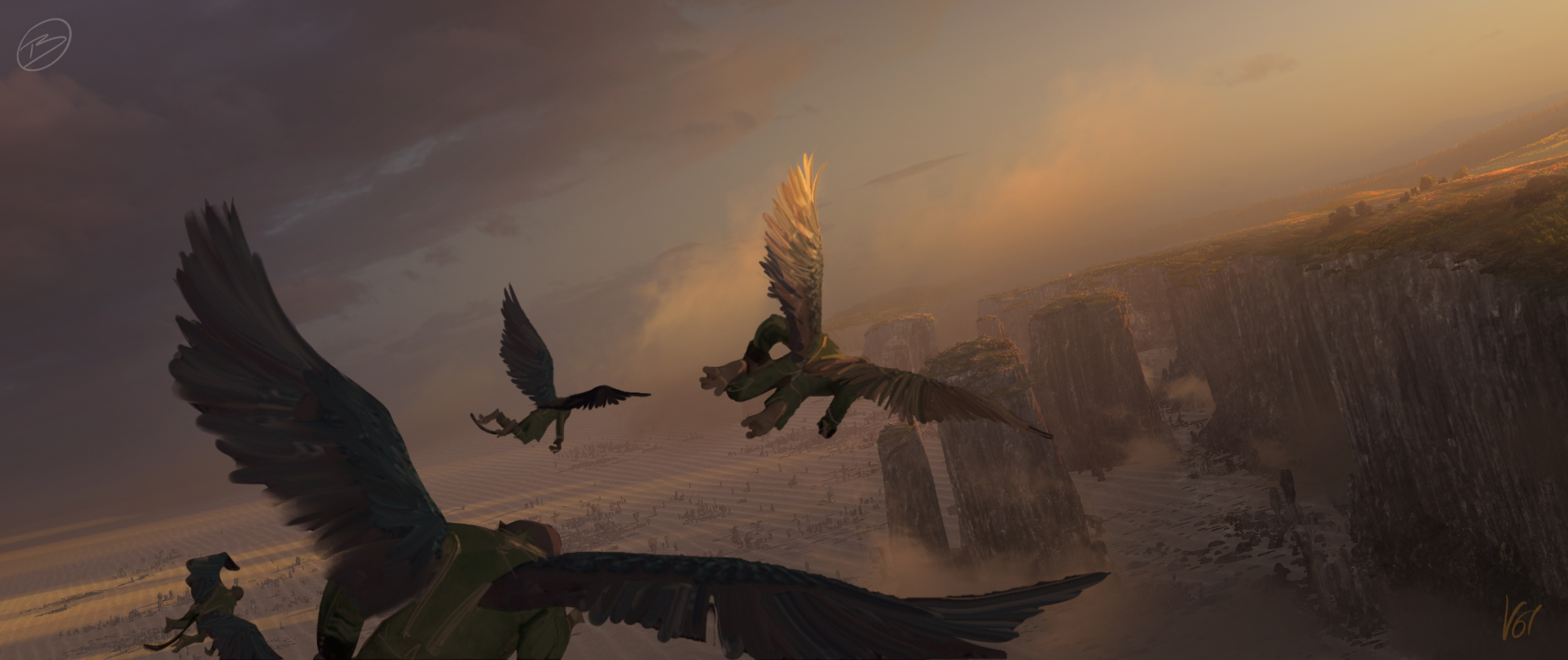
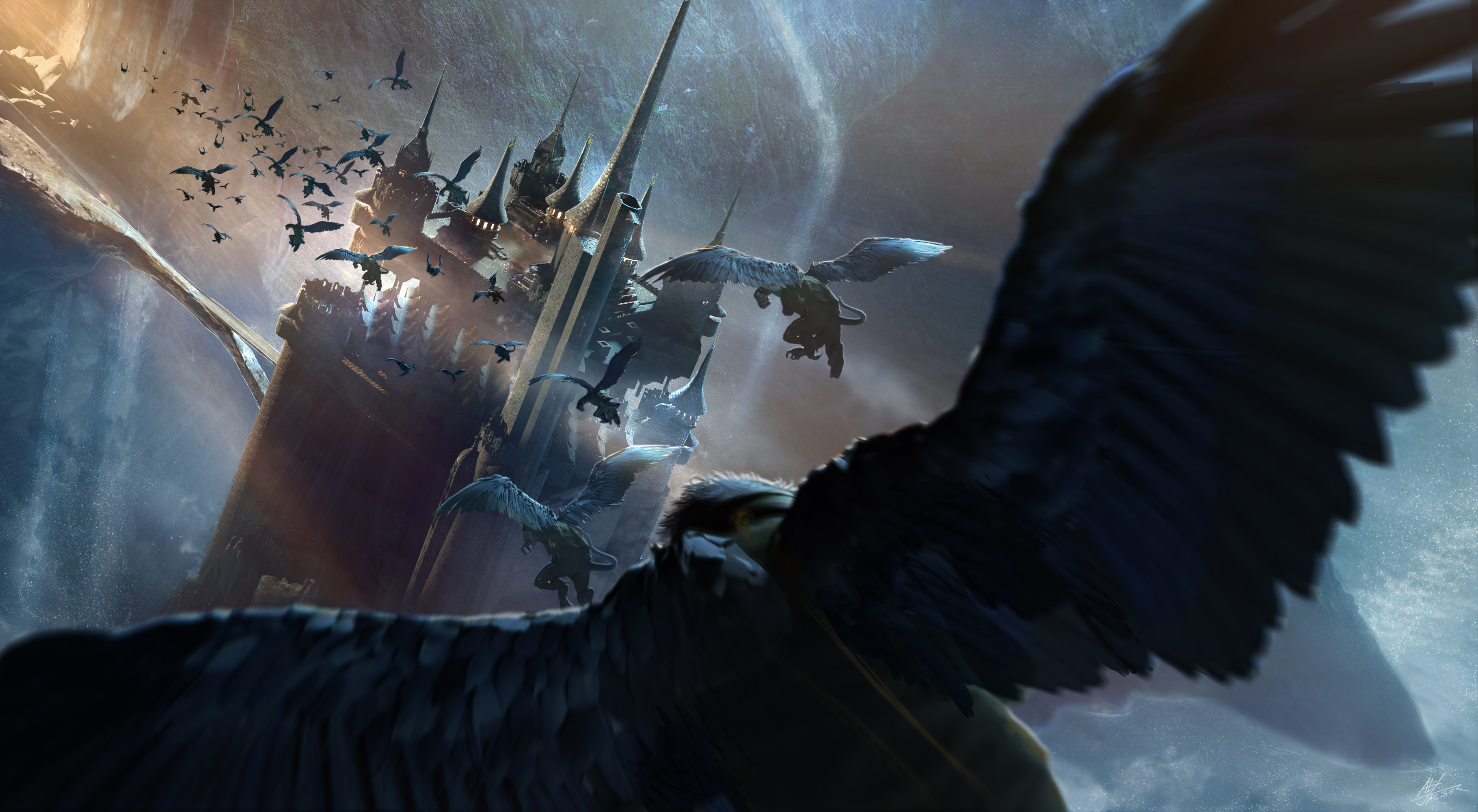
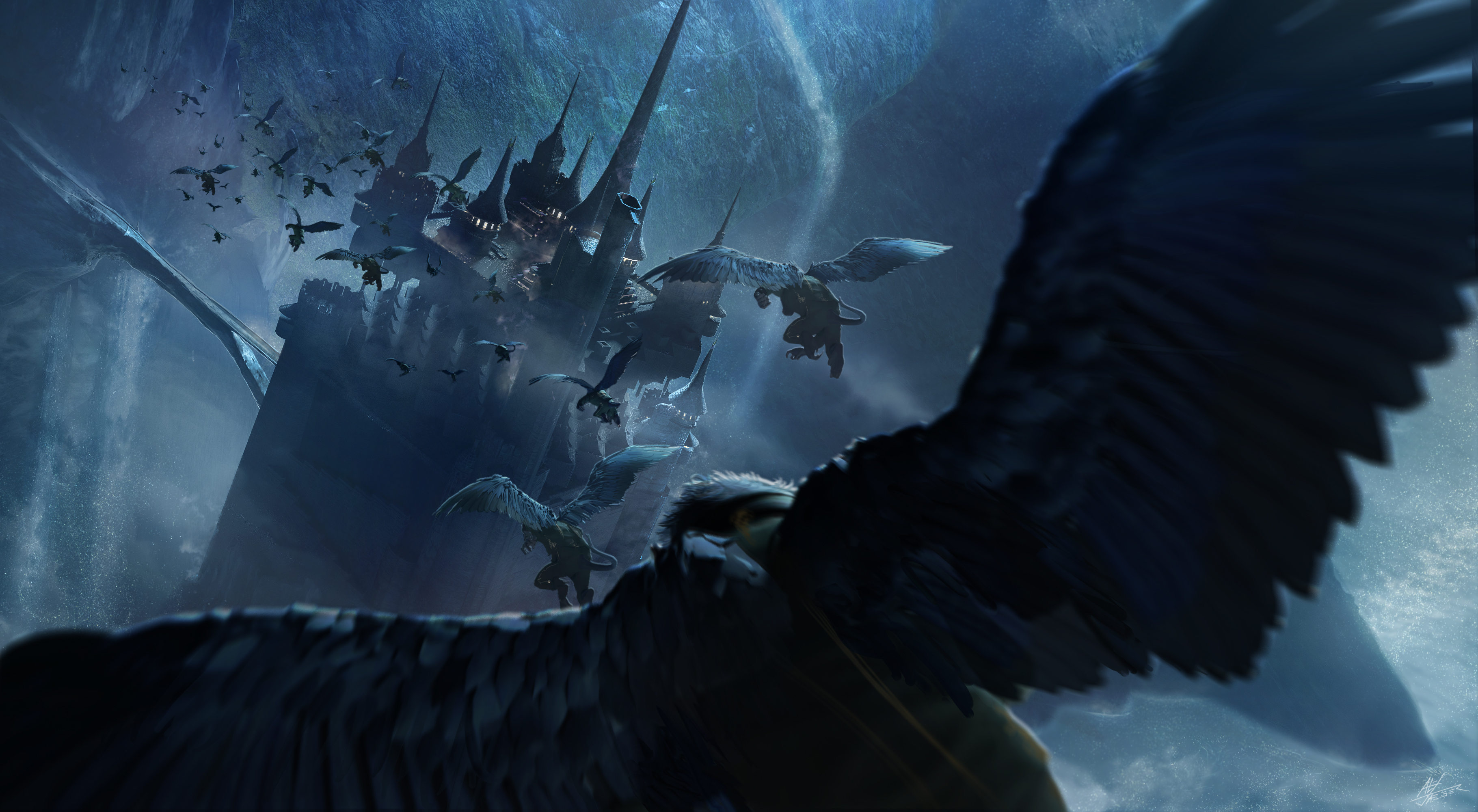

Thank you for reading 5 articles this month* Join now for unlimited access
Enjoy your first month for just £1 / $1 / €1
*Read 5 free articles per month without a subscription

Join now for unlimited access
Try first month for just £1 / $1 / €1

James has written about movies and popular culture since 2001. His books include Blue Eyed Cool: Paul Newman, Bodies in Heroic Motion: The Cinema of James Cameron, The Virgin Film Guide: Animated Films and The Year of the Geek. In addition to his books, James has written for magazines including 3D World and Imagine FX.
- Ian DeanEditor, Digital Arts & 3D
You must confirm your public display name before commenting
Please logout and then login again, you will then be prompted to enter your display name.
